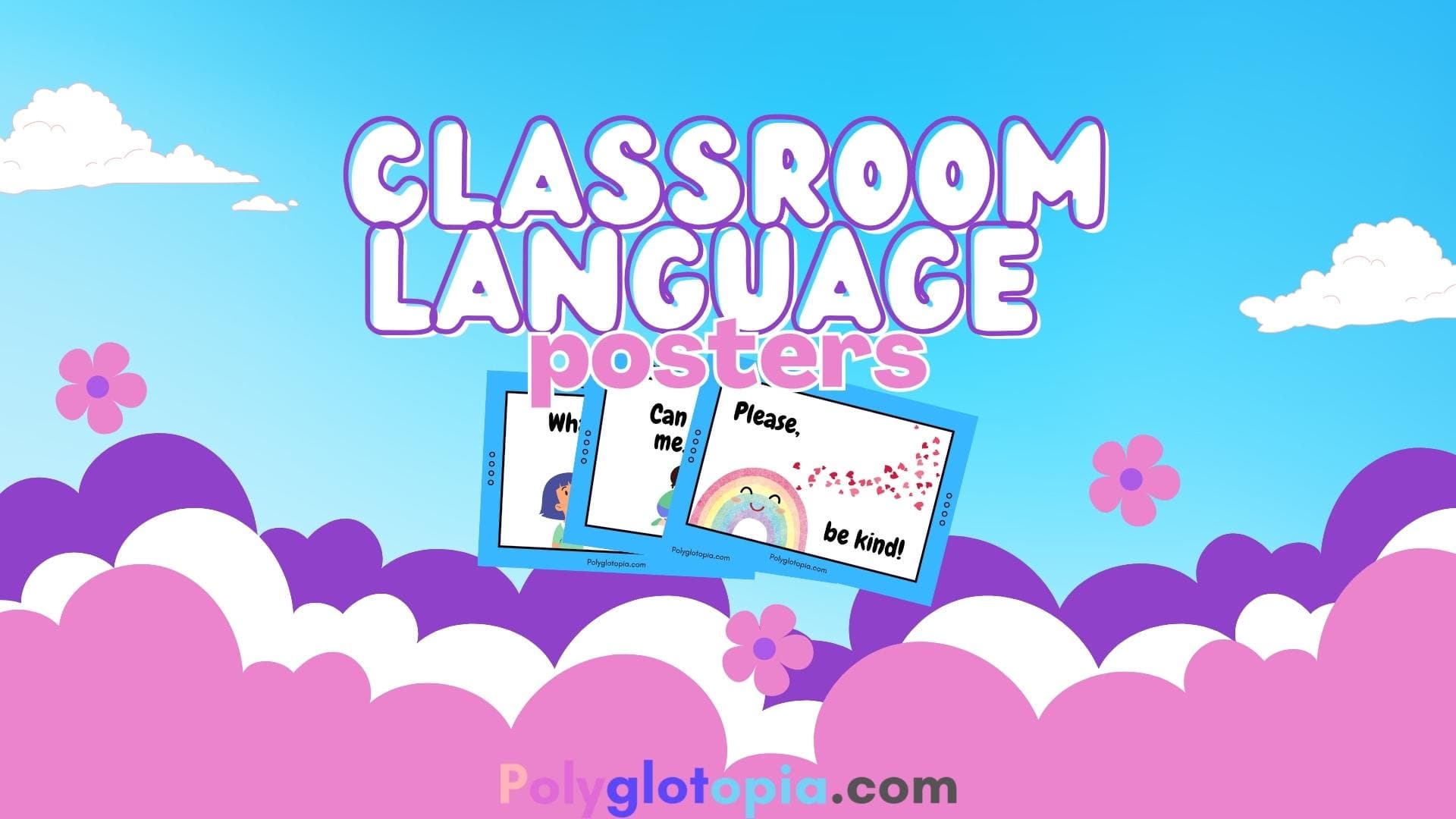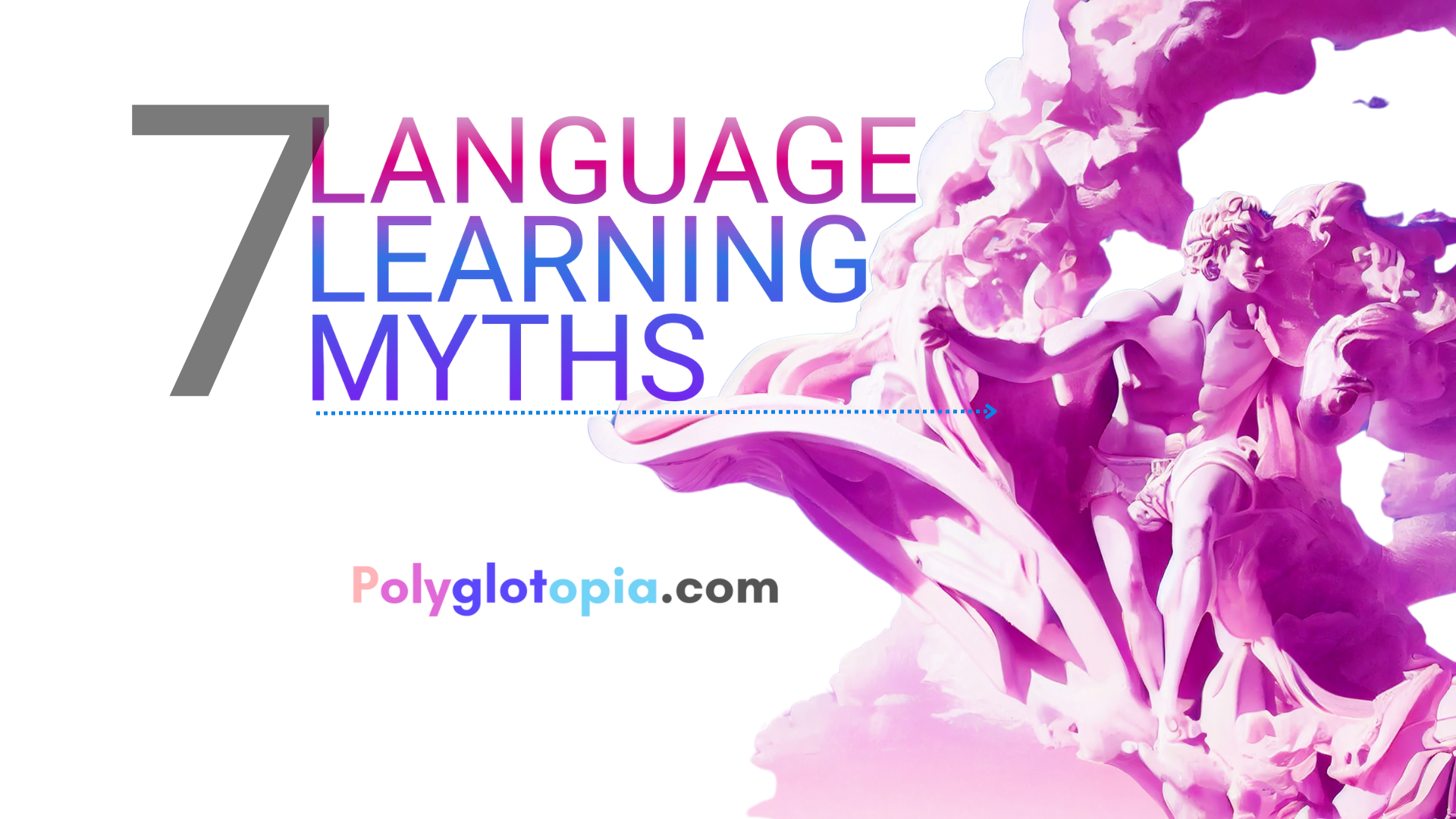Learning classroom language is essential for EFL/ESL students, as is a great opportunity for them to communicate in English in real-life situations. A lot of questions/phrases we use to communicate in the classroom are repeated in almost every lesson.
By decorating the classroom with classroom language posters, you offer students both extra support and the motivation to actively use English. This way, even if they don’t remember how to say something, they have a reference they can use without the teacher’s help. Thus, they gain more confidence and are more likely to use English in order to communicate in the classroom.
Polyglotopia's Classroom Language Posters
We have put together a selection of common classroom language expressions and questions, and created posters, all available for free download in PDF format. The visuals that accompany the expressions can help students remember their meaning, but translation can also be used depending on the school’s policy. Below you can find a list of the expressions we included as well as the reason why it is important for students to know.
Our Collection of Classroom Language Expressions:
Clarification and Comprehension:
These expressions encourage students to seek clarification and signal their understanding or need for repetition, vital for maintaining comprehension. It might happen when the teacher explains Grammar or at any point of the lesson as the students might not know the meaning of the words. They should be able to express the fact that they don’t understand and also signal when the explanation was sufficient.
"I don’t understand." ➔ " Got it!"
"Can you repeat that please?"




Embracing Curiosity and Learning:
There’s nothing wrong with admitting you don’t know something. Students should be able to express this and view it as an opportunity for learning. They are usually happy to share something they know or an idea they have thought of, so again, it’s crucial to know how to express it.
"I don’t know." ➔ "I know!"
Language Inquiry:
These indispensable phrases empower students to inquire about new vocabulary, aiding both communication and vocabulary expansion. We have added an Easter Egg in the posters, the Greek word “πολύγλωσσος”, which translates to “polyglot” in English.
"How do you say...in English?"
"What does...mean?"
"How do you spell...?"




Navigating the Lesson:
These expressions aid students in navigating lesson tasks and transitions.
"I’ve finished."
"What page are we on?"
"What do I do next? "
"Can you check my work?"
"Can we pack our things now?"
Promoting Positive Interactions:
These phrases foster positive peer interactions, emphasizing cooperation, kindness, and assistance within the classroom.
"Please, be kind."
"Can you help me, please?"
"Can I have a...please?"


Ready to decorate?
This concludes the collection of questions/sentences we have considered essential to be in every ESL/EFL classroom wall. Do you use posters with classroom language in your classroom walls? What other expressions would you include to the list? Let us know!



